by Irma Havlicek
Powerhouse Museum Web Producer
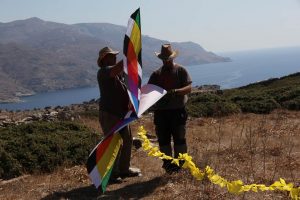 Today is the last day on site for the Zagora 2013 team. Yesterday and today were dedicated to backfilling the trenches to protect and conserve them, after excavations were completed on Thursday. People have pushed themselves to the limits of their endurance this week to get everything done carefully, properly and to the very best of their ability.
Today is the last day on site for the Zagora 2013 team. Yesterday and today were dedicated to backfilling the trenches to protect and conserve them, after excavations were completed on Thursday. People have pushed themselves to the limits of their endurance this week to get everything done carefully, properly and to the very best of their ability.
Frankly, I’ve never seen people work harder. Or care more about what they’re doing.
I imagine there will be mixed feelings about the end of the season. Sadness to be leaving friends, some newly made: the ‘dig family’. And sadness that the whole experience is coming to an end. For the time being, at least, we will no longer enjoy the satisfaction of a strenuous day’s work as part of a great team in glorious surroundings at Zagora in pursuit of furthering our understanding of the settlement 3000 years ago. On the other hand, I think everyone pushed themselves to the limit, and now deserve a rest. And a break from waking at 5.30am.
I’m sure there will be some partying in Batsi tonight. Go team! These are Work Hard, Play Hard People. It’s been a privilege to share the experience with them.
Kudos to you all. And safe travels.
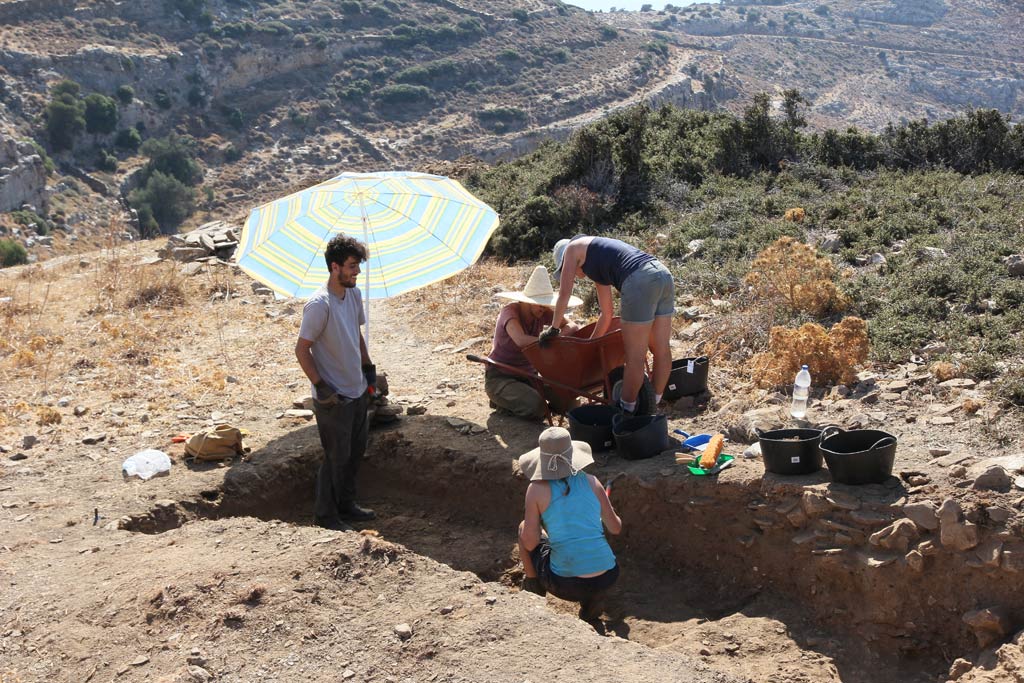
I plan posts on the satellite imaging/remote sensing, flotation (analysis of very small seeds and marine debris), the work of Beatrice McLoughlin (finds manager, archivist and coarse wares expert) and the work of Kristen Mann about domestic spatial patterns and people’s behaviour at Zagora. These and a couple of others require further work, checking, etc. so it may take some time for them all to go up. But there will also be other posts of a lighter or less complex nature going up from time to time. So do keep visiting the blog. And feel free to make comments or ask questions.
In the meantime, here’s a photographic review of the last few weeks:
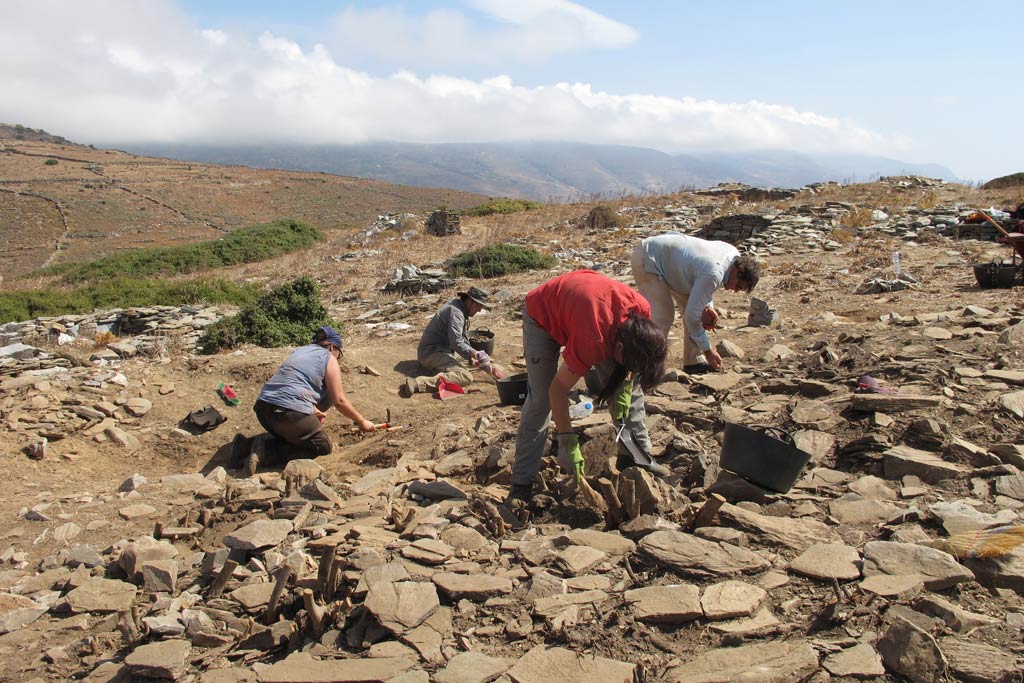
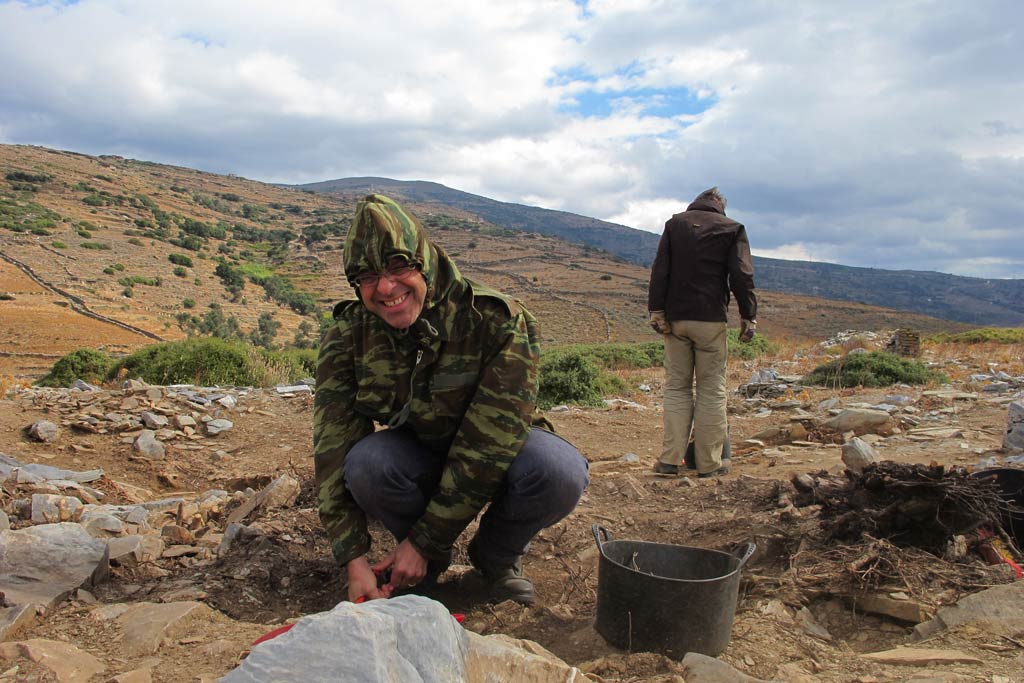
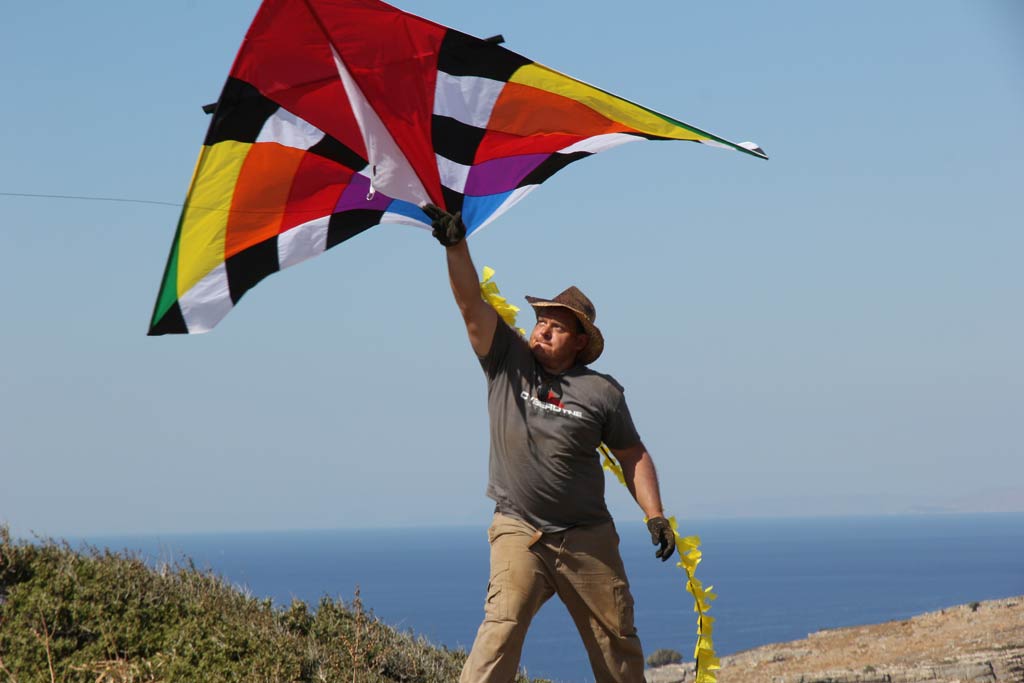
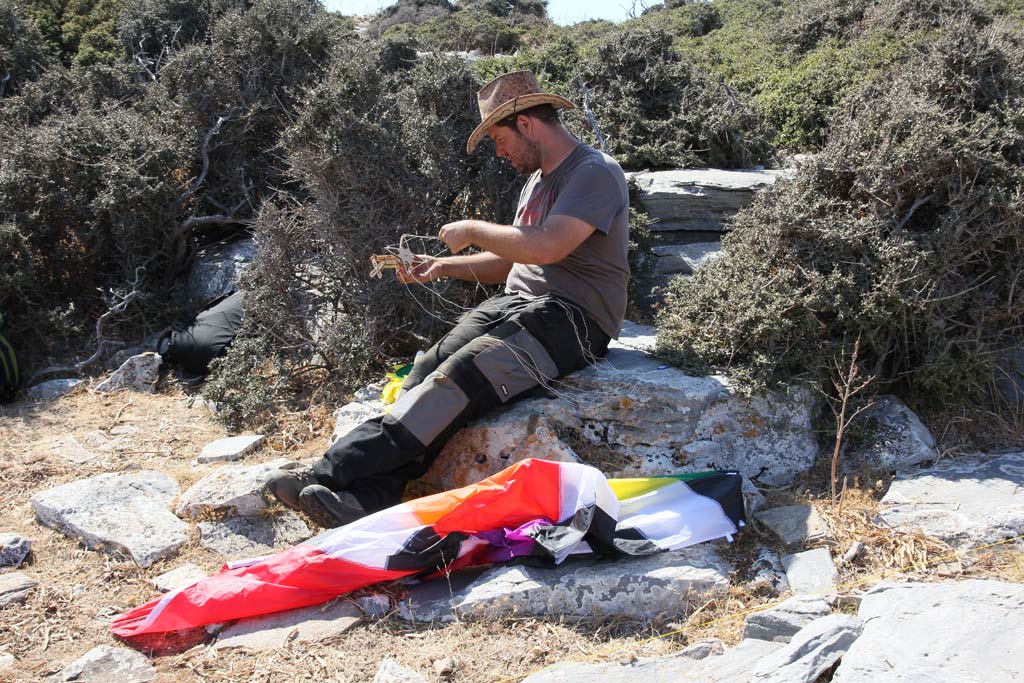
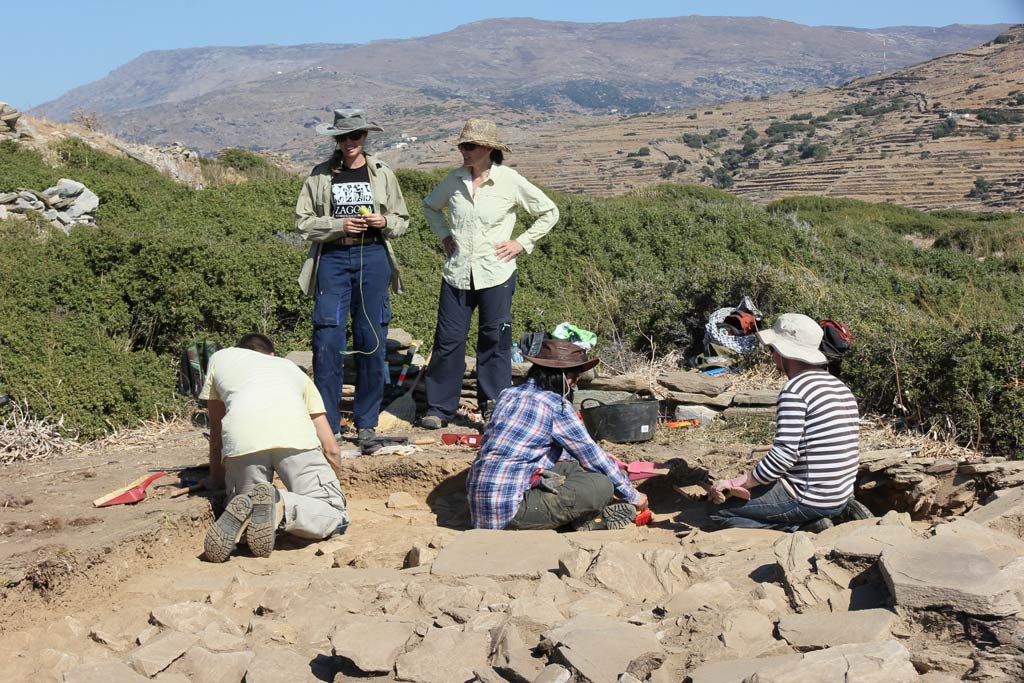
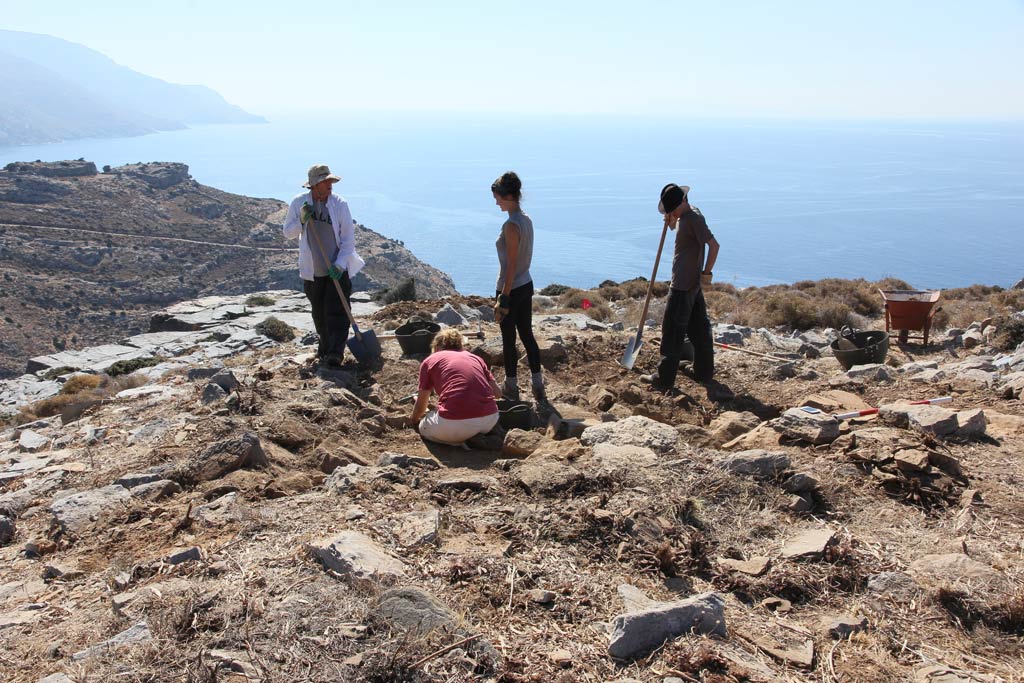
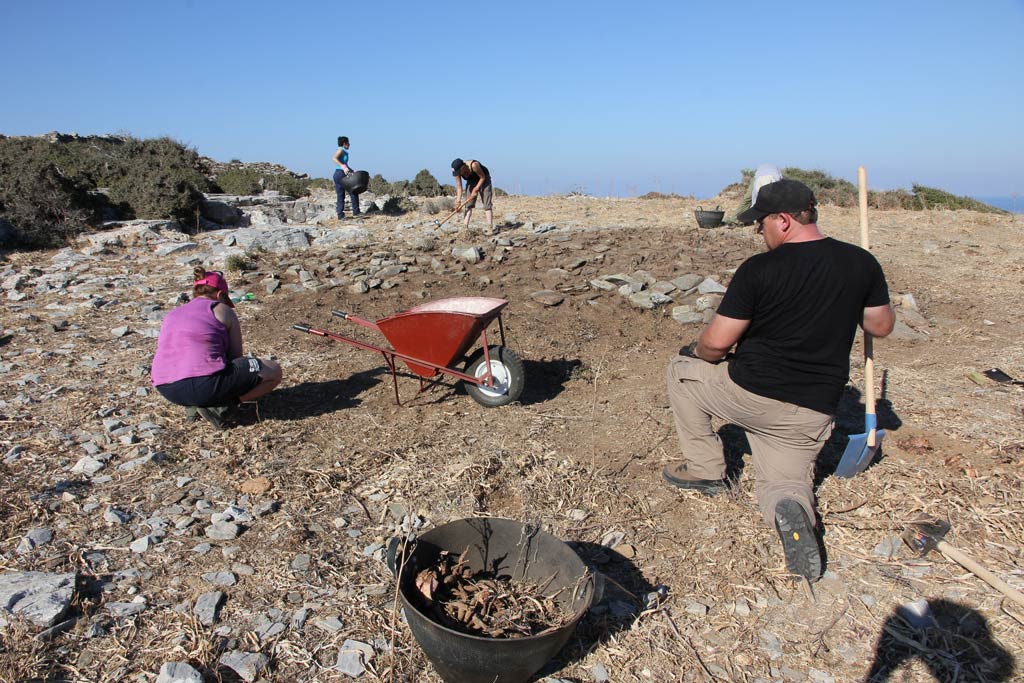
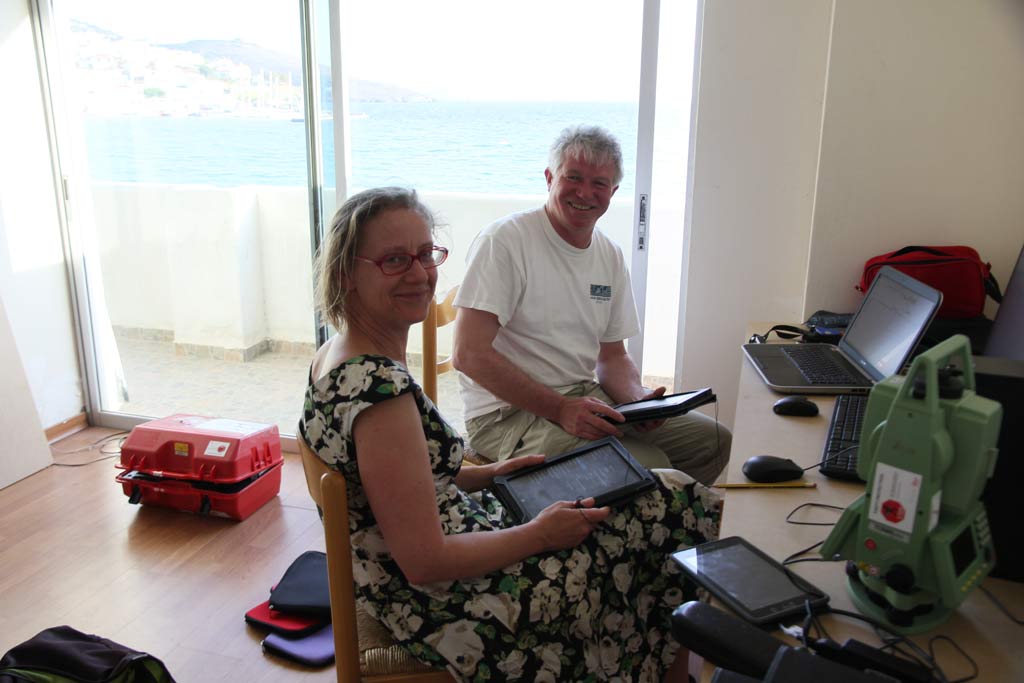
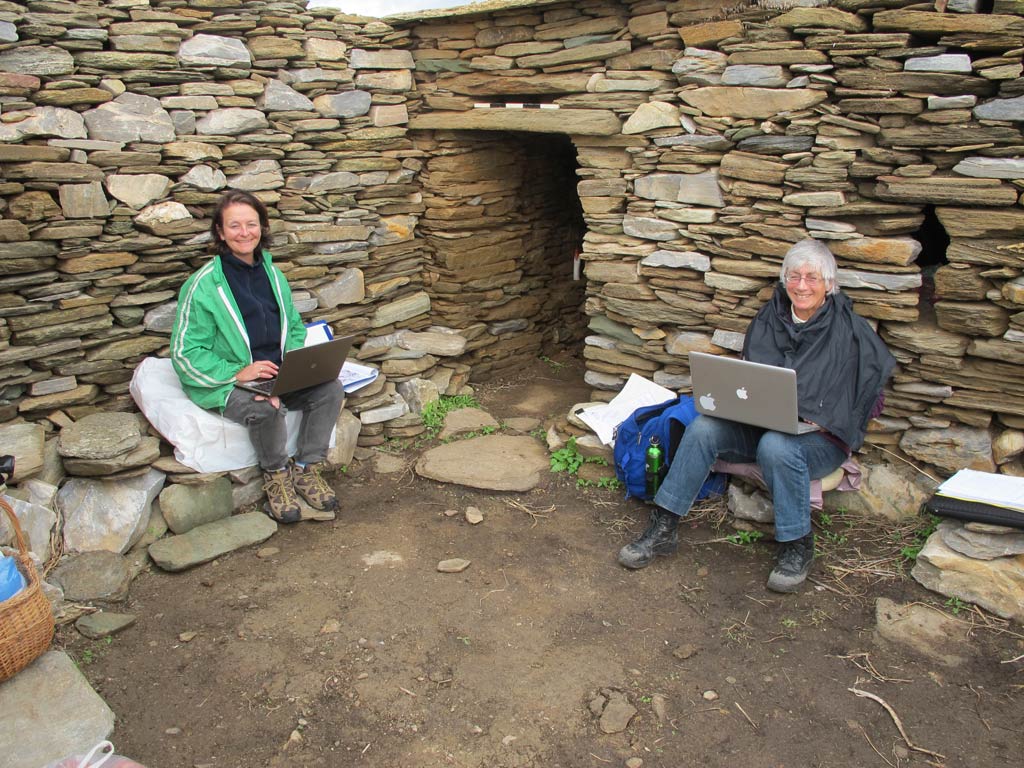


6 thoughts on “2013 Zagora excavation season comes to an end”
Irma – many thanks for all the interesting info you’ve published on this blog, and especially for the wonderful photographs. Every post has been a real pleasure to read, and I admire the dedication shown by yourself and the rest of the team in taking the time after a hard day’s work in the field to respond to all the questions asked. Clearly it’s a fascinating site and there’s more work to be done! – I hope you get the chance (and finance!) to do it! Andros and Batsi are tremendously addictive places – we’ve been going back there for 15 years now – and I’m sure everybody on the team will have good memories of the place. We’re already booked for a four-week holiday there next June, and I hope that come the autumn you’ll all be back, carrying on the good work. I suppose papers about various aspects of people’s work on the site will be appearing in the academic literature for some time to come – perhaps one day they can be collated into a definitive report. In the meantime, thanks again for keeping this blog so well, enjoy your last evening in Batsi, and I hope you all have a safe journey home. Here’s to next year! Best wishes to you all, Malcolm Ostermeyer
Dear Malcolm – Thank you so much for your interest in our blog and your very welcome comments on our posts. I know many people are interested – but many are shy to comment, and the comments help to bring a blog alive. So I have been very grateful for your interest and your comments.
I tried to get to the places around Batsi that you recommended and, sadly, just didn’t have time – not even to get to Asterix, which was almost manageable as it was so close. That is how busy we were. Perhaps next year. But I did appreciate your suggestions. And maybe others who read your suggestions will follow them up if I am unable to do so. (But there was a fabulous mastica* cocktail I tried with lemon, basil and pepper, at another bar further down the waterfront….)
You are right – there is much work to be done to publish findings in academic literature. The excavation season itself is only the beginning of the research that goes into interpreting the findings. Eventually they can be published and help to broaden our knowledge of this fascinating period of history.
I hope to keep posting into the future. I have a store of many many photographs out of which to tell more stories about Zagora and the processes of archaeology. I hope you stay tuned.
*Mastica is the sap from a tree that grows only on the Aegean island of Chios, from which is made a variety of things including a liquor, ice cream and chewing gum. It has a fragrant though slightly medicinal flavour – but I found the liquor and the chewing gum delicious. I didn’t get to try the ice cream.
Thank you all for your work!
I’ll keep the Qld Friends’ group up to date and urge as many as possible to visit the Zagora website.
The photos have been amazing and I was inspired by the volunteers.
Perhaps I’ll make it there to assist in the future if the dig continues.
We in QLD look forward to hearing of the team’s conclusions.
All the best
Chris
Dear Chris
Thank you for your comment and for keeping the Queensland friends involved and inspired.
And I’m so glad you enjoyed the photos. I hope to post some of the better photos as I get the chance to go through them (there are thousands….)
Yes, the volunteers are truly amazing. I hope you make it here some time….
Cheers
Irma
Well done Irma on a great record of the dig!! Its wonderful to see the landscape and find out more about the project. Even the photos of Paul were ok! See you soon.
All the best
michael
Thanks so much, Michael – very glad you have been enjoying it. There will be more posts with many more photos to show (from among the thousands I took). See you when we’re back. Cheers, Irma.